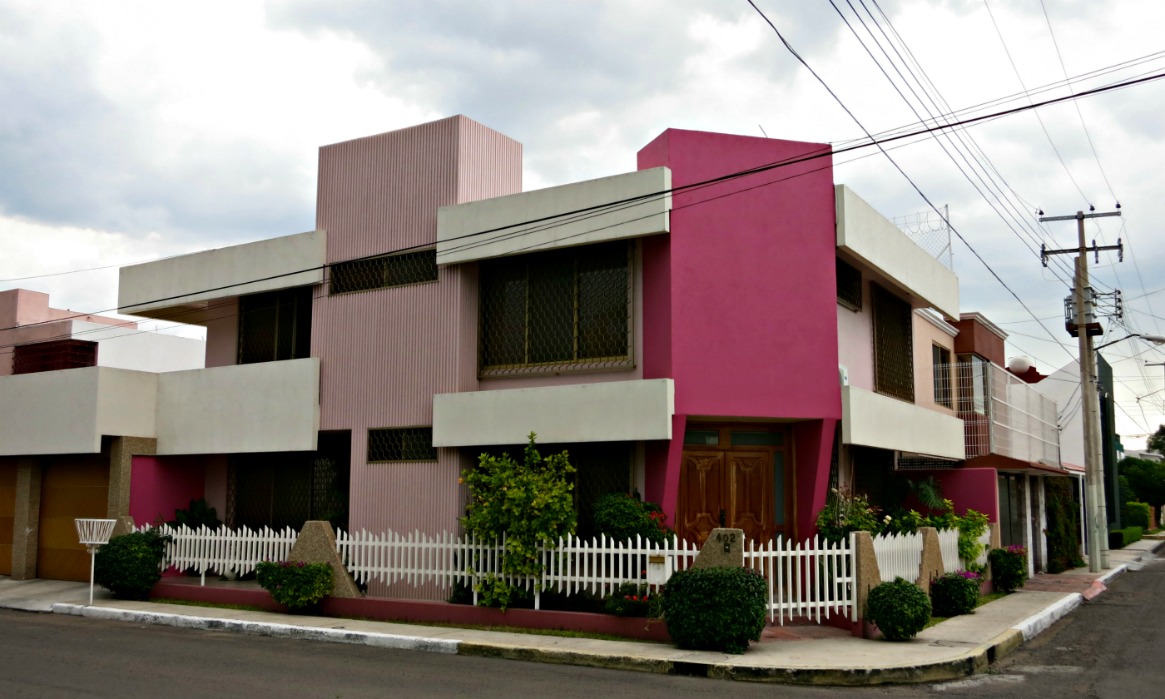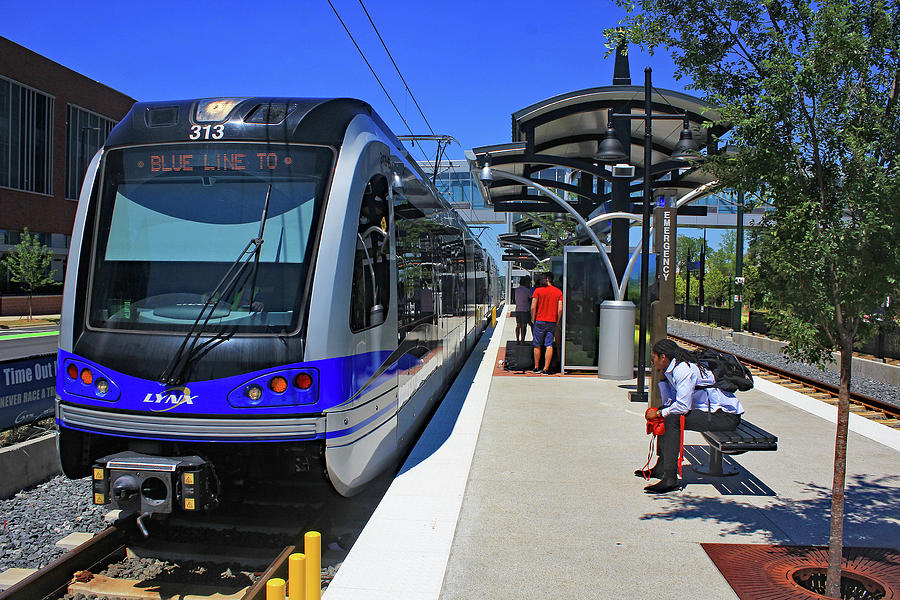Table Of Content
- Todd Chrisley’s $5.2 Million House: A Lavish Lifestyle in Brentwood, Tennessee
- Most popular
- Courtyards
- Where to Find Hacienda-Style Homes
- How to Achieve Work-Life Balance in Mexico: The Leon Family’s Story
- O.J. Simpson’s Las Vegas House: The Last Years of His Life Unfolded Here
- What Are Hacienda-Style Homes?

The characteristic low-pitched roofs of hacienda-style homes are adorned with handmade, red clay roof tiles. These tiles, shaped like half tubes, not only add visual appeal but also allow cool air to circulate within the home. However, it’s important to note that clay roofs are best suited for warm and dry climates. Many Mexican downtown urban areas also have modern adobe houses. Modern iterations of such historical styles are mainly found along the hot Caribbean region of the country, with the buildings displaying multi-level patios and rustic wooden trellises. Another unique feature of such residences relates to the flat roofs with overextending ‘vigas’.
Todd Chrisley’s $5.2 Million House: A Lavish Lifestyle in Brentwood, Tennessee
Bright colors are also utilized to either accent or cover the furniture. The baul, also known as a storage trunk, is the most common decor item you’ll come across in various Mexican homes. Usually crafted from Spanish cedar wood, these trunks have round tops and fancy locks.
Most popular

In Mexican homes, tile is usually the best choice for flooring. While you may occasionally come across wood floors, carpet is rarely used and should be avoided if you want to achieve a Mexican look for your house. Spread over a long, narrow site in Mérida, this fragmented concrete house was designed to draw upon Mayan traditions and culture. The architects sought to create a compound that was well integrated into the wooded landscape and didn't appear too large, despite each house being a sizeable 1,105-square-metres. That diversity is reflected in the country's thriving contemporary architecture scene, which draws on a number of materials and styles. If you’re looking for some historical immersion on your next holiday, staying at this property is a great choice.
Courtyards
The rooms are often separated from the others and the kitchen and dining areas are separated. Some of the typical features of the hacienda ranches include brick fireplaces, tile floors and courtyards or outdoor patios. This Mexican-style house, designed by Luis Barragan, stands out with its bright colors and minimalist facade. Adobe bricks and red-tiled roofs, white stucco walls – it looks like a regular Spanish colonial home. It’s a chance to experience life as it was during Mexico’s colonial era.
The ceiling materials generally comprise of wood sections, while the flooring is covered in traditional tiles. One of the most recognizable characteristics of hacienda style homes are the low-pitched clay roof tiles. The tiles are handmade into the shape of half a tube, which works to absorb and release heat throughout the day. This feature is beneficial to keeping a home cooler in warm climates, which is where Spanish settlers were from and landed in the Americas during the colonization period. Vibrant colors, handmade tiles, wooden doors and windows, which open up to landscaped courtyards make these houses distinct.
Del Taco Introduces Mexican-Style Torta Sandwich Platform Supporting New Better Mex Brand Initiative - GlobeNewswire
Del Taco Introduces Mexican-Style Torta Sandwich Platform Supporting New Better Mex Brand Initiative.
Posted: Mon, 29 Aug 2022 07:00:00 GMT [source]

This striking Spanish Plan No. 9725 features a grand entrance with a courtyard and garden behind the motor court. Inside, gallery hallways and loggias connect formally defined rooms including the living room, dining room, study, and open family room beside the kitchen. Be sure to notice all the windows and patio doors that really open up the house! The master suite enjoys complete privacy in the right wing of the main level while four more bedroom suites are placed upstairs. If you like to host, you’ll make great use of the rear courtyard and veranda as well as the upstairs game room. Héctor Esrawe, a Mexican designer, emphasizes the incredible heritage, narrative, and skills of our culture.
Whether it's interior or exterior, a courtyard is a key element to hacienda architecture. Traditional hacienda homes have the courtyard in the center of the home—so owners can cook indoors or outdoors, while releasing some of the heat produced by cooking. But today's courtyards are typically on the side or in the rear of the home. A fountain or other water feature is a common element of courtyards and usually serves as the centerpiece of the area. Most hacienda-style homes have very few and very small windows. Having only a few small windows allows a cool breeze to enter the home but prevents direct sunlight from warming the space too much.
What Does A Spanish Colonial Home Consist Of?
All of these specimens exhibit their variant colors, materials and spatial arrangements; thus fusing flourishing vivaciousness with dollops of historical flavor. Towards the left side of the house is a long balcony and a window with barn doors. Each of the wooden elements on this end of the house is painted with a light green color which has a natural feel.
What Are Hacienda-Style Homes?
Often made from Spanish cedar wood, the trunks feature round tops and ornate locks. Wood and clay are common in Mexican homes and are usually the base for floors, walls, and even some furniture. Mexican houses have long held a presence in the US residential landscape.
Historically, people used courtyards to cook outdoors and keep the interior spaces cool. You’ll find a fountain or similar attraction in the center of the courtyard of modern haciendas. Despite their simplicity, hacienda-style homes often incorporate archways to add architectural interest.
Adobe blocks are made of soil-earth components found at the building site, shaped by hand in molds, and left to dry for weeks. To understand the materials used in traditional Mexican-style houses, delve into the section about the materials used in construction. The solution includes learning about the sub-sections that detail the materials commonly used in the construction of such houses, including Adobe, Wood, Stone, and Brick.
The architecture details are the same, featuring rich details, wrought-iron designs, wood balconies, bright-colored tiles, smooth arches, and various textiles. The simple and flat home features a small and unassuming shape, and its white color helps to reflect sunlight, which only adds to the sense of life that the home exudes. The red tiles and red window frames are also reminiscent of the sun’s color, which gives the home a summery look. Efforts to protect these houses should include educating people on their value and creating policies to stop urbanization. Architects should be encouraged to bring traditional building techniques into modern designs, to create more sustainable housing solutions in Mexico. When searching for a roof for your traditional hacienda style home, you should first consider the neighborhood where it’s located.
Apart from being readily available, adobe provides excellent insulation in hot and sunny climates. These walls help retain cool air during the day and gradually release absorbed warmth at night, maintaining a comfortable atmosphere inside. Courtyards and patios are essential elements of Mexican style house plans, creating outdoor living spaces that seamlessly blend with the interior of the home. The first Adobe homes were made by the Pueblo Indians using dried mud.
Mexican house designs have long fascinated the eye of American builders and homeowners. With its attention-grabbing pops of color, decor, and architecture, Mexican houses continue to be one of the in-demand properties in the country, be it for rental or sale. In this post, we’ll take a look at some of America’s well-loved traditional Mexican homes. A traditional stone-chinking technique that’s used to reinforce stucco surfaces.
The windows on the upper half of the house extend across the entire length of the wall, and can be opened fully, by sliding the wooden blinds to the side. This allows for so much fresh air to get in, and lets the sunlight flow throughout. This blend of amazing colors really gives this home a one-of-a-kind unique look that you won’t have seen anywhere else. Its sharp and boxy structure also further helps to give it that modern shine.
Of course, it should also be noted that the residences comprise of the same level of comfort and amenities as found in their more modern styled counterparts. Hi, my name is Mandy Carlos, and I moved into my own tiny home around 5 years ago. My home is situated on my own plot of land in the country, and for the most part, I live off grid. Living in a tiny home has been incredible, and I love being away from the fast pace of city living. While tiny homes are becoming increasingly popular, there are still many people that are unaware of the best accessories, and necessities to purchase. This is why I decided to set up Clothesline Tiny Home, to share my experiences with others.

No comments:
Post a Comment